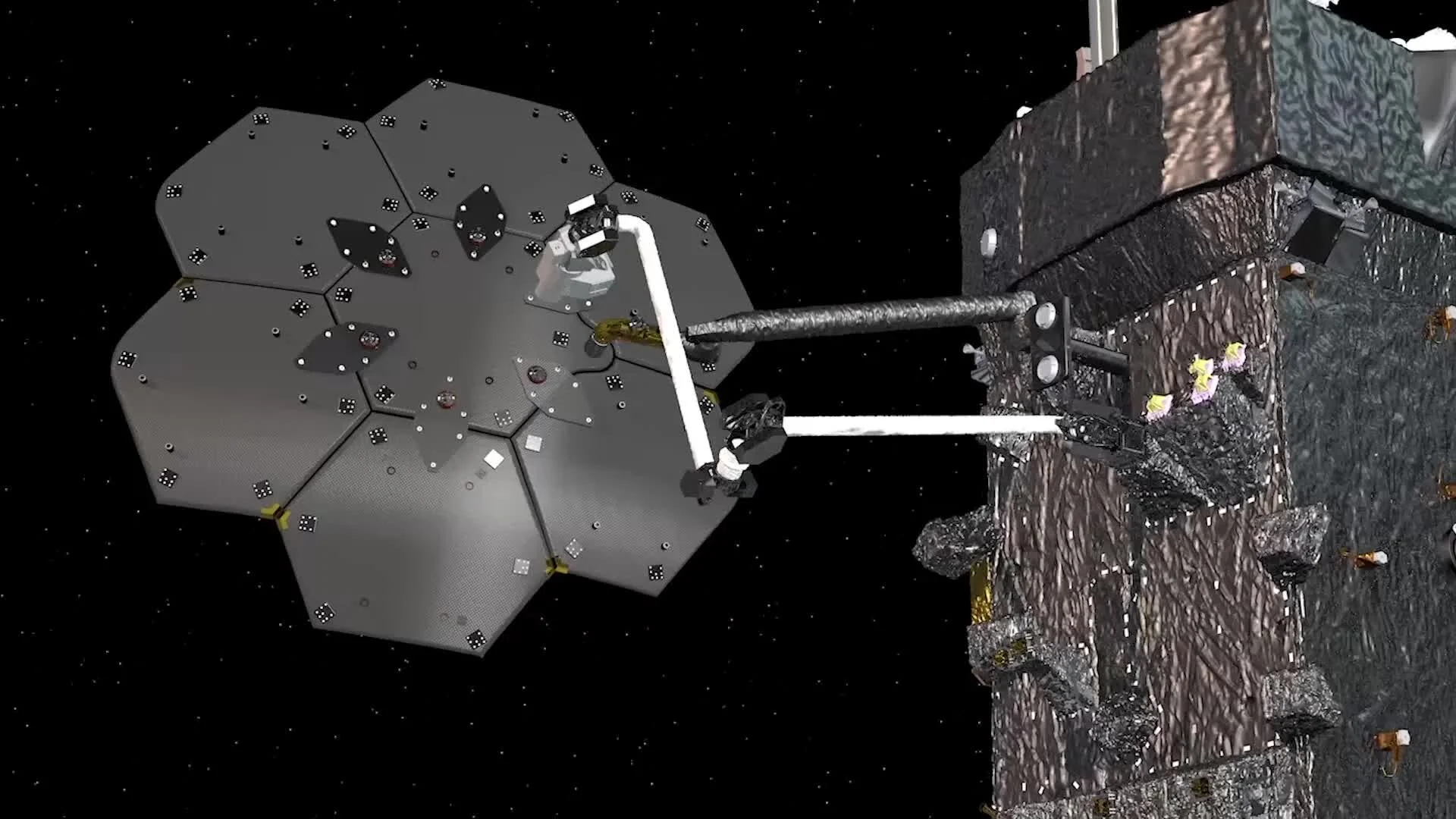Japan to Visit Martian Moon Phobos and Return Sample
An orbital diagram of the planned JAXA MMX mission. This will be the first time for a mission dedicated to studying the Martian moons, along with the first mission to return a sample from Phobos. Credit: JAXA.
Last week on the 19th of February, Japan’s space agency, JAXA, moved their Martian Moons eXploration (MMX) program into the development phase, planning for a 2024 launch. This mission will seek to visit both Martian moons, Phobos and Deimos, and perform a sample-return of Phobos.
While MMX will be the first spacecraft dedicated to studying the Martian moons, its most ambitious phase will be deploying a lander to Phobos’ surface that will contain the sample-return system. The program is estimated to require $417 million, which is similar to what NASA Discovery missions cost (such as MESSENGER, Dawn, Lucy, or Psyche).
Both the French space program (CNES) and the German space program (DLR) will collaborate with JAXA to produce a rover that will be deployed on the surface of Phobos, where it will operate for several months. The rover will have equipment including cameras, a radiometer, and Raman spectrometer. France will provide a near infrared spectrometer, and offers expertise in orbit and descent planning. NASA will provide a gamma ray and neutron spectrometer for the spacecraft. The MMX spacecraft will be developed using lessons learned from the JAXA Hayabusa-2 probe that visited and collected material from asteroid Ryugu.
MMX is expected to launch in 2024, arriving at Mars in 2025. It will launch on a Japanese H-3 rocket developed by Mitsubishi Heavy Industries, which will perform its first flight in 2021. Once landed on Phobos, a sample collection system utilizing pressurized gas will collect about 10 grams of material. Additionally, the surface rover will be deployed. After doing multiple flybys to study both Phobos and Deimos, the MMX spacecraft will return to Earth with it’s Phobos sample, arriving in 2029.
There are many reasons why a focused exploration of Phobos and Deimos is important. One important outcome is that Japan will earn more experience interacting with and landing on low gravity objects. There are hundreds of thousands of asteroids orbiting near Earth and in the main belt beyond Mars which are similar in size and composition. It is possible that Mars’ moons are captured asteroids, made from material ejected from surface impacts on Mars, or from another source entirely. Everything learned about these destinations and technologies used will help inform future space resources missions architectures and design decisions.
Learn more about MMX here.







